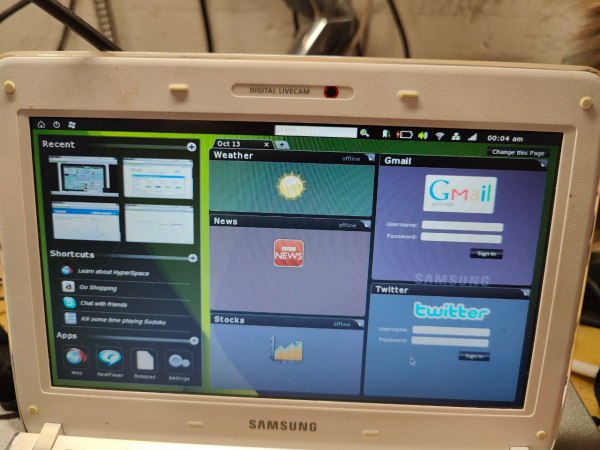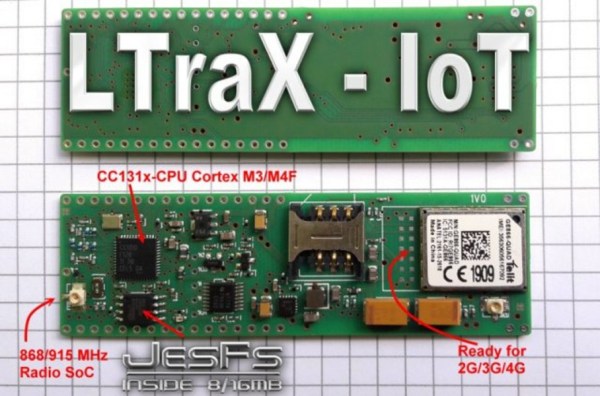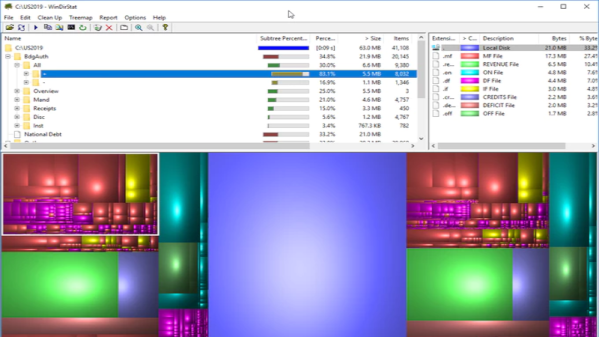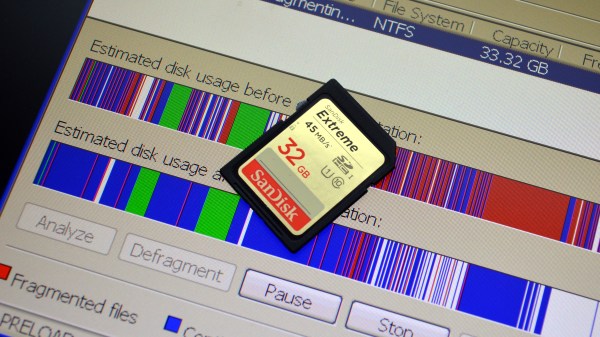It’s been a tense few months for users of the BCacheFS filesystem, as amidst the occasional terse arguments and flowery self-praise on the Linux Kernel mailing list the future of this filesystem within the Linux kernel hung very much in the balance. After some initial confusion about what ‘externally maintained’ means in Linux parlance, it’s now clear that this means that BCacheFS has effectively been kicked out of the kernel as [Linus] promised and will ship as a DKMS module instead. The gory details of this change are discussed in a recent video by [Brodie Robertson].
We covered the BCacheFS controversy in the Linux world a few months ago, amidst reports of data loss and filesystem corruption among its users. Its lead developer, [Kent Overstreet], came to blows with [Linus Torvalds] on the LKML after [Kent] insisted on repeatedly pushing new features into kernel release candidate branches along with rather haughty statements on why he should be able to do this.
To make a long story short, [Linus] didn’t like this and froze BCacheFS support in the current kernel release with all future in-kernel development ceased. Distributions like SuSE have initially said that will disable BCacheFS starting in kernel version 6.17, meaning that users of BCacheFS may now have to install the DKMS module themselves. Some distributions like Arch are likely to include this DKMS module by default, which is something you want to check if you use this filesystem.
Continue reading “BCacheFS Is Now A DKMS Module After Exile From The Linux Kernel”
















